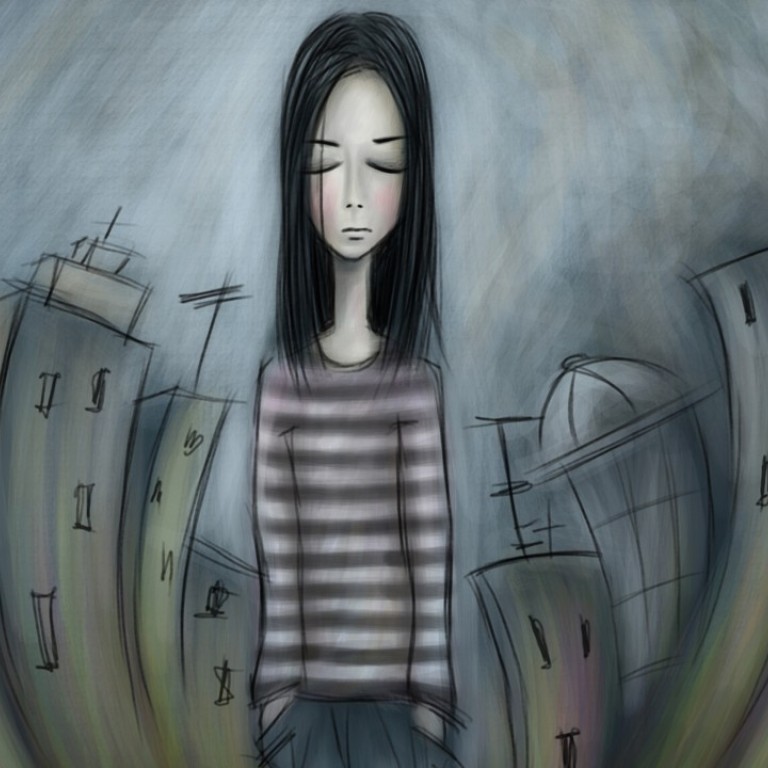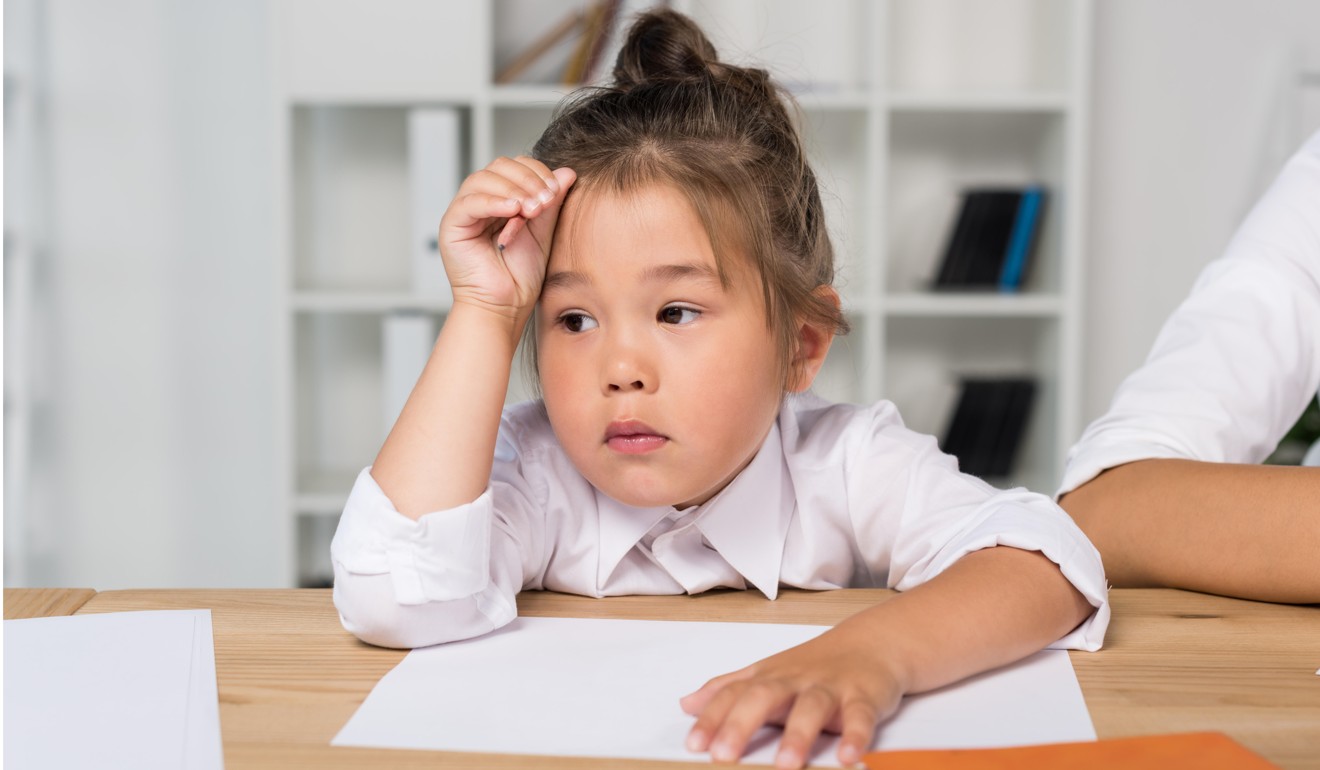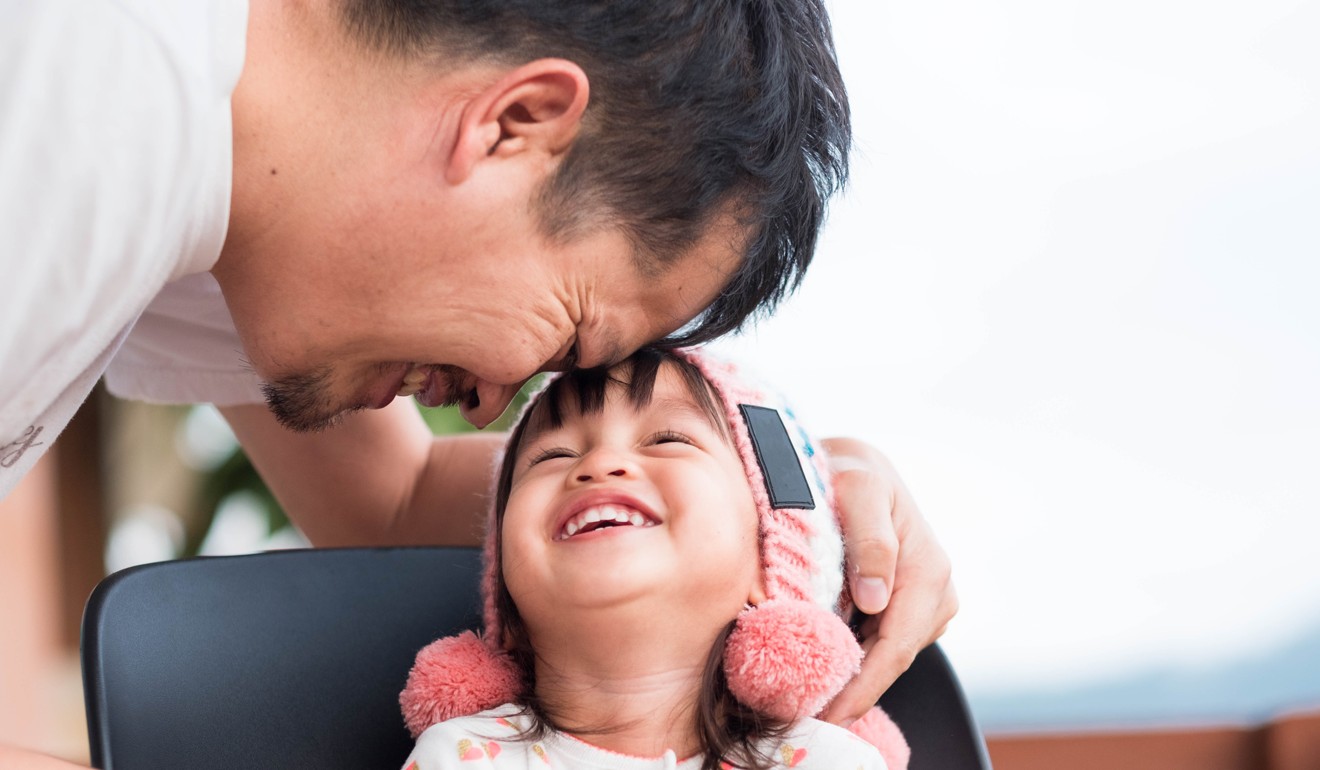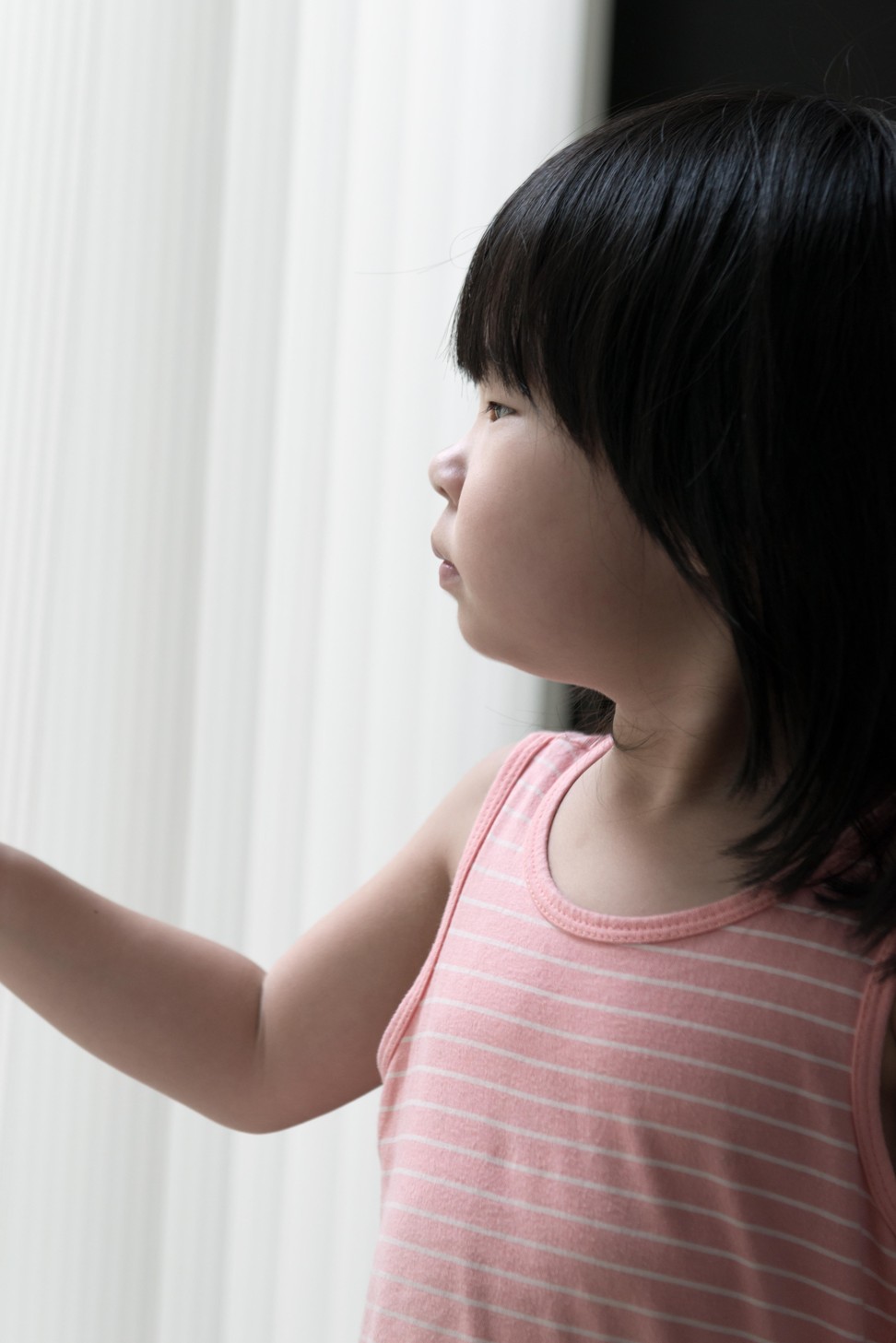
How a little sadness is vital to make your children more happy
Parents naturally don’t want their children to feel sad, but experts say it is an essential part of life that teaches empathy, social behaviour and how to cope with adversity. It also makes people appreciate happiness that much more
The American Academy of Paediatrics suggests that young people should be routinely screened for depression. What it’s important to understand, however, is that there’s a difference between depression and sadness: one is a serious mood disorder, the other a completely normal reaction to unfortunate life events.
In our perpetual pursuit of happiness, there is a danger we will forget that joy, elation and cheerfulness are not sustainable. Disappointment, anguish, disillusionment and sadness are needed so we can appreciate happiness.

Katrina Rozga, a behavioural therapist at The Jadis Blurton Family Development Centre in Hong Kong, points out that all parents want their children to be happy. “What parent doesn’t? Parents naturally love seeing their children’s smiles, and feel hurt when their kids are sad. The reality is, however, that sadness is a natural – even necessary – part of life to grow and thrive as a happy, healthy adult,” she says.
Strange parenting trends down the years – and the latest fads
Dr Mike Shooter, a former president of the Royal College of Psychiatrists in London, and the only child psychiatrist to hold the post, recently published Growing Pains: Making Sense of Childhood, a book that explores some of the painful issues that affect children and young adults.
“Experiencing a whole range of emotions, learning what these feelings are, accepting them as part of life, finding out how to cope with them, communicating them to others, and working out a compromise between our own feelings and those of others, is a normal part of growing up,” he says.
Shooter’s book illustrates how it is important for parents to help children find a voice to articulate their sadness – and then to listen.
Hong Kong-based registered child psychologist Lora Lee says children need parents to be emotionally and developmentally responsive.

“As parents we can, for example, buy our children the latest toys while they are young, to prevent immediate disappointment. But can we buy our children meaningful friendships and character strengths to help them deal with disappointment later in life? No, we can only help them to grow so they cope on their own when they have to,” Lee says.
“Children cannot build grit, conscientiousness and self-discipline over the short term. Instead, they need ongoing real-life experience.”
Adversity can be a good thing, says Shooter, adding that he worries about the modern obsession with happiness, “the endless pursuit of well-being … as if it can somehow be equated with emotional contentment. As if we shouldn’t be sad about anything,” he says.
How to raise broad-minded children: have them talk less and listen more for best results, say experts
Rozga says: “Feelings of happiness can seem less important and be less appreciated if someone doesn’t have sadness to compare them to. In other words, sadness gives happiness value; feeling sad makes kids far more compassionate, understanding, appreciative and empathetic, and teaches them how they want to be treated as well as how to properly treat others.
“When someone is mean to a child and they feel sad as a result, they learn what that kind of treatment feels like, allowing them to better relate to others.”
Children’s author Carolyn Larsen explains why she wrote It’s OK to Feel Sad: A Book about Sadness, one of eight in an illustrated series she has published dealing with the emotions children feel, in language they understand.
Feelings of happiness can seem less important and be less appreciated if someone doesn’t have sadness to compare them to
“I noticed that some kids appear to become angry or bully other children when really they are just sad about something and don’t know how to deal with it. If we can teach children to deal with hard emotions then they will be happier and healthier, and grow into adults who can handle emotions,” Larsen says. “We often talk to children about emotions like anger, pride, fear, but we seldom talk about sadness. How will they learn how to handle it if we don’t encourage them to notice it, talk about it?”

Another author who has written about sadness for children is Moira Butterfield. Her book Everybody Feels Sad! explains that the difficult emotion children are grappling with, although it may feel huge and frightening, is something everybody battles with at some point. As much as we try to protect our children from sadness, it’s inevitable they’ll encounter it.
How Tiger Moms and hovering parents can damage a child’s ability to cope with life’s challenges
Butterfield uses her book to demonstrate situations that would be “recognisable for children, using words they could read themselves”.
Allowing children to articulate sadness, to understand what has prompted it and to help them identify ways to deal with it means, says Larsen, that as they grow up they will have had the opportunity to develop “healthier skills to use to deal with inevitable future unhappiness rather than turning to unhealthy or even dangerous practices that will not help but can develop into bad, dangerous habits”.

A basic level of sadness, says Rozga, “is not something to avoid or medicate. Rather we should embrace its presence in our children’s lives and teach them that sometimes we feel sad and that is OK.”
What about the heavier degree of sadness that can present in children’s experiences, though?
“Some situations are so sad that it would be disturbing if they didn’t evoke sadness in us,” Shooter says. “The sadness that we feel after loss, through illness, death, divorce and natural disaster, is called grief,” he adds, and this often comes with other normal difficult feelings, like anger.
“Children and young people need an opportunity to express their grief openly, rather than having it repressed with reassurance at best, or a diagnosis of depression and a pill at worst.”
It’s imperative to notice children’s sadness, to help them to articulate it, to endorse it as a real feeling because it is often “the entirely appropriate response to a miserable situation”, Shooter says.

Teaching children about difficult feelings
Identifying feelings
Encourage children to recognise feelings and name them. To cope with a feeling, they need to know what it is. If they look or sound angry or sad, remark upon it, sympathetically and ask why.
Help give children a voice – and then really listen
As Shooter points out, the United Nations Convention on the Rights of the Child states that all young people have a right to a voice and adults have an obligation to act on what they have heard. “But it often isn’t as simple as that,” he says.
Most of the children whose stories he tells “never felt worthy of expressing their unhappiness”. Make sure children know their sadness counts, that their voices are important, and then make sure they are heard.

Strong feelings
Help children cope with intense feelings early, so that they don’t become overwhelmed by them, by helping them to develop coping strategies. If they need a quiet time out, make sure they have a peaceful, private place to retreat to and create a code phrase that they can use if they need to explain to you why they need time out “to think, to rest”, so they don’t lose face.
Will all you monster parents just please stop screaming?
Recognising other people’s feelings
It is very important to encourage children to recognise feelings in other people because that is how they learn to empathise. If they remark upon somebody who seems angry or sad, ask them about a recent occasion when they felt the same. That is what teaches empathy: understanding that how they sometimes feel is universal.
Reacting positively to other people’s feelings
Not only do children need to learn to recognise how other people are feeling, it’s important they learn to deal with other people’s feelings as well – to respond. Ask them how they might like a person to behave if they were exhibiting a similar feeling.
Activities to help children understand emotions in themselves and others can include expressive drawings, keeping an emotion diary to understand how different days brings different feelings, imitating emotions and reading stories that elicit or exhibit different emotions.

Understand that sadness comes in different degrees
Some causes of sadness are “normal”, even anticipated, some are not. Some sadness is easier to explain, to support. Some sadness is catastrophic, and children who suffer great sadness will need substantial ongoing support to deal with the fallout.

